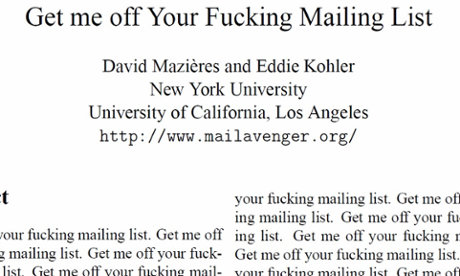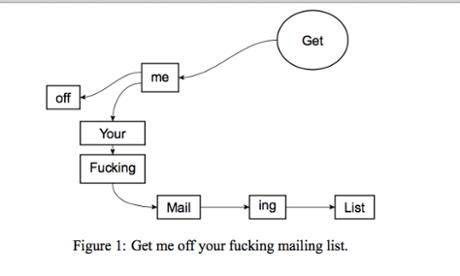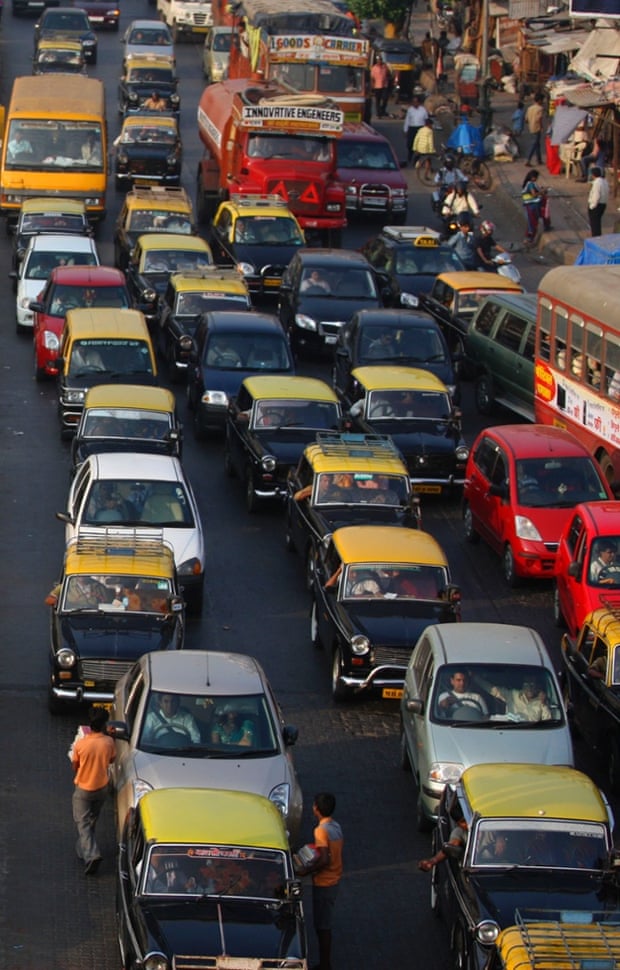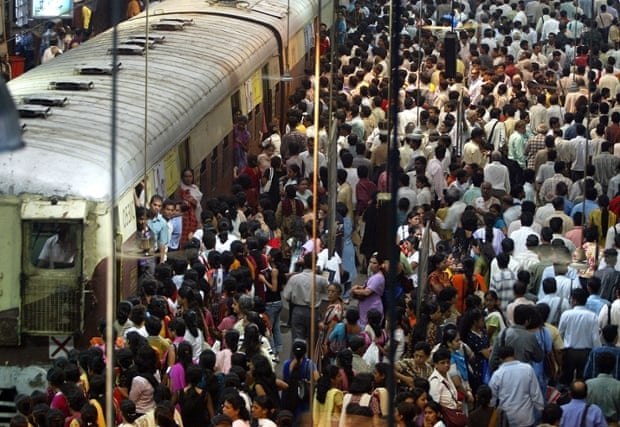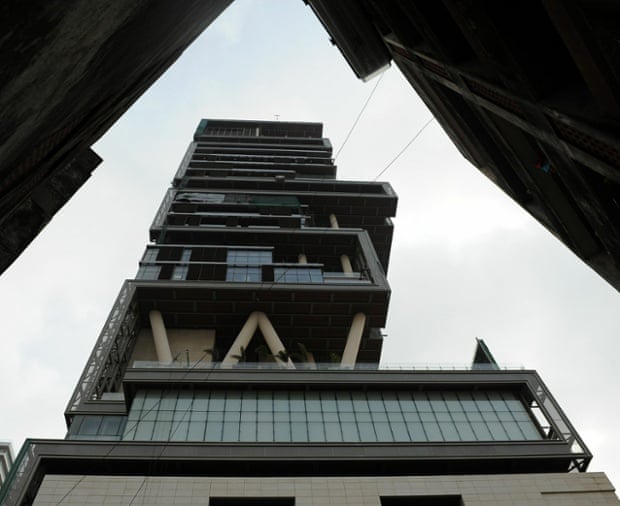Pervez Hoodbhoy in The Daen
THE headlines earlier this week were celebratory: a Pakistani university has been included in the “500 Best Global Universities” by the US News and World Report. Although Quaid-i-Azam University (QAU) in Islamabad occupied only the 496th place — well below 10 other universities from neighbouring India and Iran — this is welcome news. Have we actually zoomed up and away from the rock-bottom standards of our higher education?
Sadly, the flawed methodology used by the Report means that this happy conclusion cannot be affirmed or denied. If used to assess universities in the United States and Europe the approach, though controversial, has some degree of validity. But, applied to developing countries like Pakistan, Iran, and India, it can lead to absurd conclusions.
Take, for example, the inclusion of QAU but the absence of the Lahore University of Management Sciences (LUMS) from the top 500 list. QAU is a rather ordinary Pakistani public-sector university where I have taught for 41 years, and where I still continue to teach voluntarily. I have much affection for it. LUMS, on the other hand, is a private university for Pakistan’s pampered super-elite with much greater resources, financial and intellectual. I do not have the same positive feelings for LUMS, where my two years of teaching ended mysteriously and unpleasantly. So, whereas I wish it were the other way around, honesty compels me to say that LUMS is superior as a university to QAU. Those familiar with both institutions will surely agree.
The rot can be stemmed if the HEC and PCST agree to reverse policies that incentivise corruption.
Just what have the Report’s editors been smoking? According to its website, the Report judges a university by the quantity of research produced. More precisely, 65pc of the grade comes from counting the number of PhDs produced, papers published, and citations earned. Another 25pc is for an (undefined and undefinable) “research reputation”, while the remaining 10pc is for “international collaborations”. This recipe is not unreasonable. After all, publishing research articles in good journals and counting citations is important in assessing individual and institutional academic achievement. Having PhD students undoubtedly helps generate a culture of research.
But there’s a catch. Social scientists call it Campbell’s Law: “The more any quantitative social indicator is used for social decision-making, the more subject it will be to corruption pressures and the more apt it will be to distort and corrupt the social processes it is intended to monitor.” This law is nearly as ironclad as one of physics. A corollary: robust systems may suffer some distortion but weaker ones can be willfully deformed and massively manipulated by prevailing local interests.
Pakistan’s academic system is, as everyone agrees, far from robust. An estimated 40pc of students cheat in matriculation, intermediate, and college examinations. Teachers are no more ethical than shopkeepers, policemen, politicians, judges, and generals. Because of policies that reward authors of research articles and PhD supervisors with cash and promotions, our universities have turned into factories producing junk papers and PhDs. Publishing papers is now a well-developed art form that combines outright plagiarism, faking data, showcasing trivia, repeating old papers, and using fly-by-night journals. With apologies to the few genuine students and their supervisors, the fact is that PhDs are awarded to all and sundry.
From many grotesque examples, I will repeat one that I had argued out fruitlessly for many months with Dr Javed Leghari, who became the Higher Education Commission (HEC) chairman following Dr Atta-ur-Rahman, the principal architect of the numbers game.
This concerned a physics PhD thesis that was guided by an “HEC meritorious professor” at Balochistan University, co-supervised by the then vice-chancellor of Quaid-i-Azam University, Dr Masoom Yasinzai. The thesis title was A quantitative study on chromotherapy. The text contained equations that apparently bestowed respectability. Together with several notable Pakistani physicists, I saw this as nonsense. But months of effort failed to convince Dr Leghari, who refused to reveal the names of the referees.
As a last-ditch effort, I sent a copy to two distinguished physicists who I knew for many years. One was the physics Nobel Prize (1979) winner, Steven Weinberg, and the other was the physics Nobel Prize (1988) winner, Jack Steinberger.
Weinberg wrote a point by point criticism which ended up saying: “I am appalled by what I have seen. The thesis shows a lack of understanding of the fundamentals of physics. This thesis is not only unworthy of a PhD, it is positively dangerous, since it might lead patients with severe illnesses to rely on ‘chromotherapy’ rather than on scientific medicine. I find it difficult to understand how this thesis could have earned its author any academic degree.”
Steinberger was equally negative: “a reasonable physics department should not have accepted anything like this work … Following world news this past decade, I have been very unhappy about the Pakistani political instability and social problems, but I had imagined that its cultural level was better than what I now see.”
This rot can be stemmed if the HEC and Pakistan Council for Science & Technology agree to reverse policies that incentivise corruption. This will not be easy. Resisting pressures from greedy beneficiaries of the present system will require enormous moral strength, especially now that the Report has demonstrated the rewards for wholesale publishing.
My last meeting with the current HEC chairman, Dr Mukhtar Ahmad, was a surprisingly pleasant one. He expressed concern at the decay within and seemed receptive to the following suggestion: “Let the HEC require that an author of a research paper, for which he or she desires official credit, to give a video-recorded presentation before the institution’s faculty. This would be archived for free access on the HEC website.”
All necessary technologies needed to implement the above are already in place. The benefits would be two-fold. First, any piece of genuinely important research would become widely known. Second, fake research and corrupt practices would be readily spotted.
Many months have passed since our meeting. Although my emails requesting signs of progress remain unanswered, I remain hopeful that the honourable chairman’s reply is somewhere out there in cyberspace.
The writer teaches physics and mathematics in Lahore and Islamabad.
